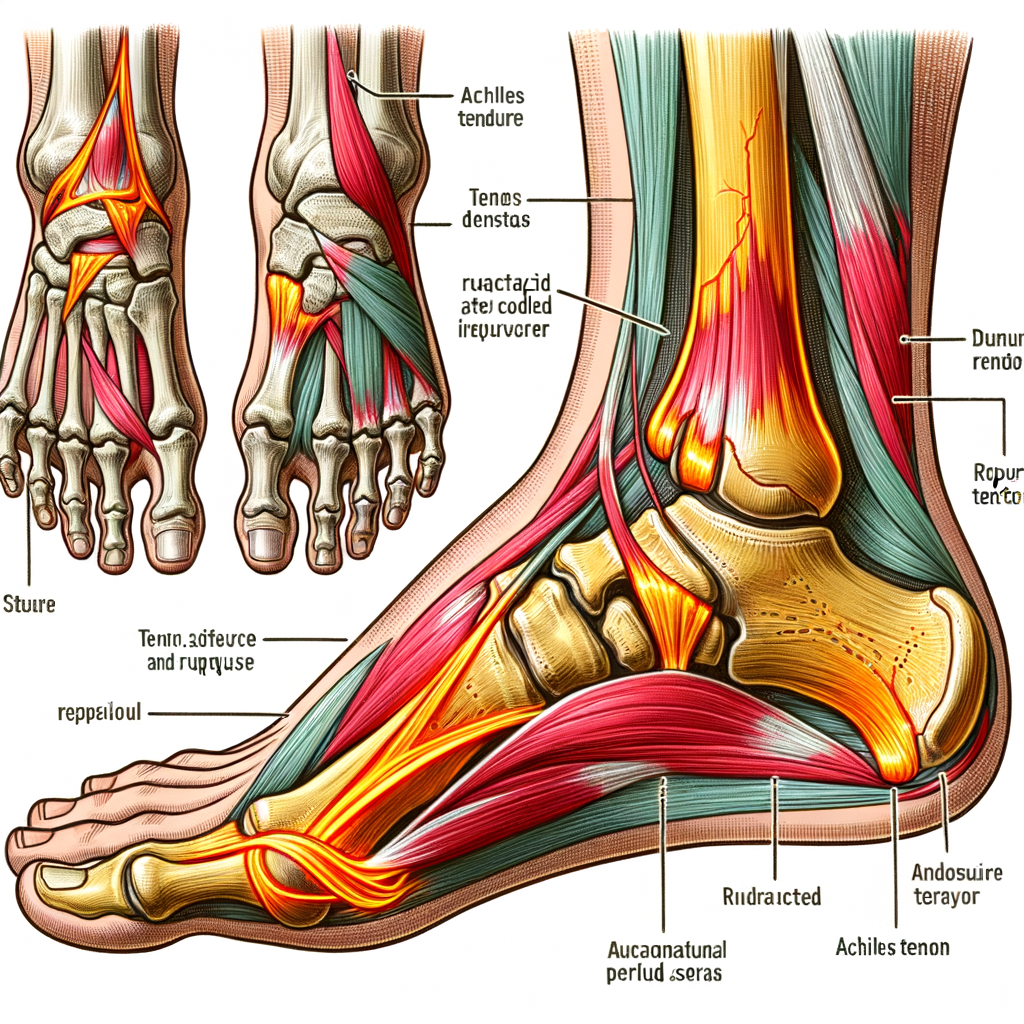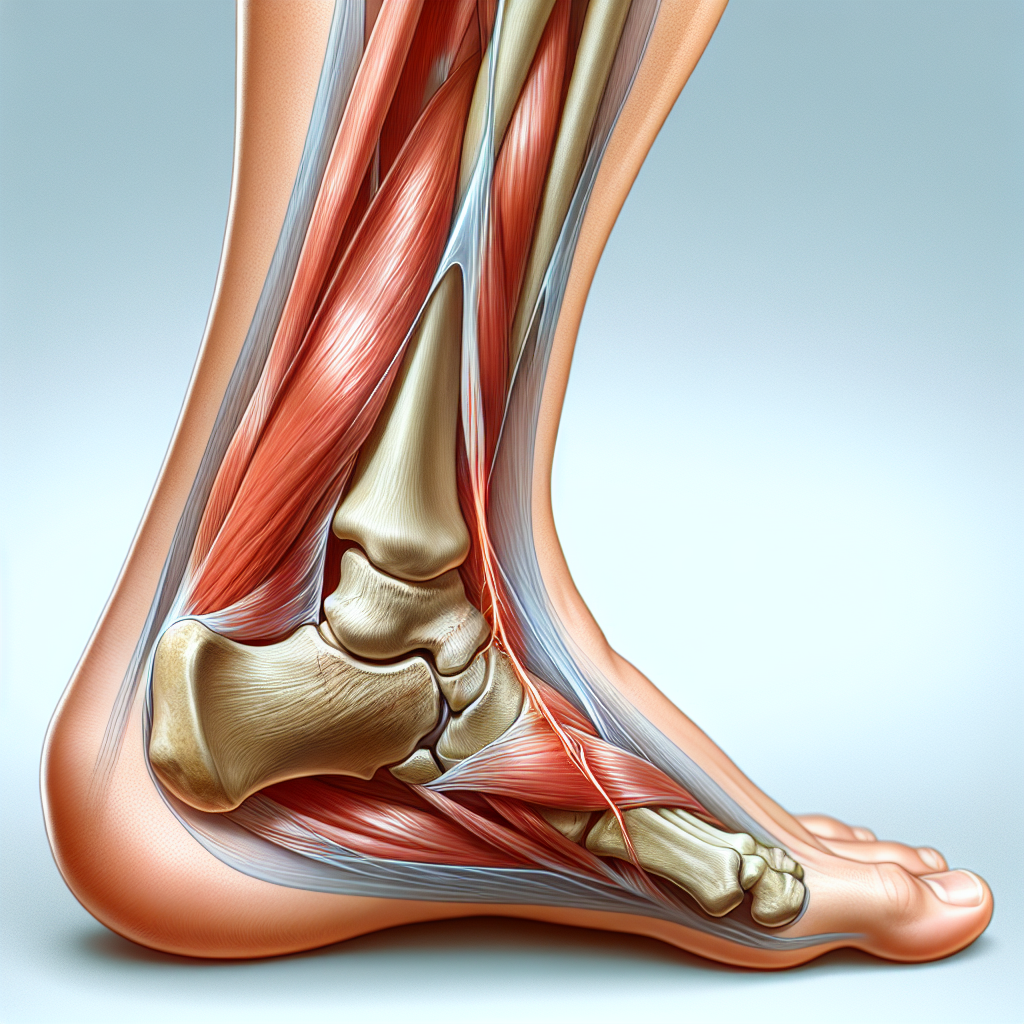Achilles Tendon Rupture Injury: An In-depth Analysis

The Achilles tendon, the largest tendon in the body, plays a crucial role in facilitating walking, running, and jumping. However, it is also one of the most vulnerable to injury, particularly rupture. This article delves into the Achilles tendon rupture injury, its causes, symptoms, treatment, and prevention strategies.
Understanding Achilles Tendon Rupture
An Achilles tendon rupture is a severe injury that typically occurs during high-impact or strenuous activities. It is characterized by a partial or complete tear of the Achilles tendon, often accompanied by a sudden, sharp pain in the back of the ankle or calf. This injury is common among athletes and individuals who engage in regular physical activity.
Causes and Risk Factors
- Overuse: Repeated strain on the Achilles tendon can weaken it over time, making it more susceptible to injury.
- Sudden Increase in Activity: A sudden increase in the intensity or frequency of physical activity can put undue stress on the tendon.
- Age: As we age, our tendons naturally weaken and become more prone to injury.
- Medical Conditions: Certain medical conditions, such as arthritis or diabetes, can increase the risk of Achilles tendon rupture.
Symptoms of Achilles Tendon Rupture
Common symptoms of an Achilles tendon rupture include a sudden and severe pain in the back of the ankle or calf, often described as being hit or kicked in the area. Other symptoms may include swelling, difficulty walking, and an audible “pop” at the time of injury.
Treatment Options
Treatment for an Achilles tendon rupture can be either surgical or non-surgical, depending on the severity of the injury and the patient’s overall health. Non-surgical treatment typically involves immobilization of the foot and ankle, followed by physical therapy. Surgical treatment, on the other hand, involves stitching the torn tendon back together and is often recommended for younger, more active individuals.
Prevention Strategies
- Regular Exercise: Regular, moderate exercise can help strengthen the Achilles tendon and reduce the risk of injury.
- Proper Footwear: Wearing shoes that provide adequate support and cushioning can help protect the Achilles tendon.
- Gradual Increase in Activity: Gradually increasing the intensity and duration of physical activity can help the tendon adapt to the increased demand.
Conclusion
In conclusion, an Achilles tendon rupture is a severe injury that requires immediate medical attention. Understanding the causes and symptoms of this injury can help in early detection and treatment. Moreover, adopting preventive measures such as regular exercise, wearing proper footwear, and gradually increasing physical activity can significantly reduce the risk of this injury.
Meta Keywords: Achilles tendon rupture, Achilles tendon injury, causes of Achilles tendon rupture, symptoms of Achilles tendon rupture, treatment for Achilles tendon rupture, prevention of Achilles tendon rupture







